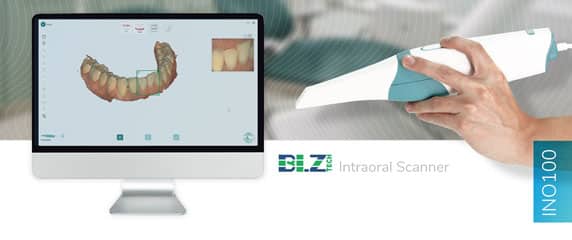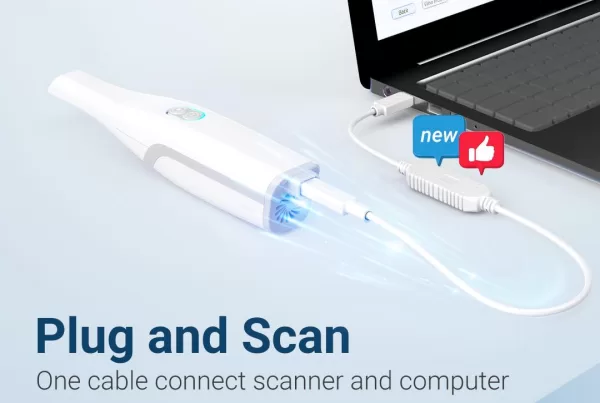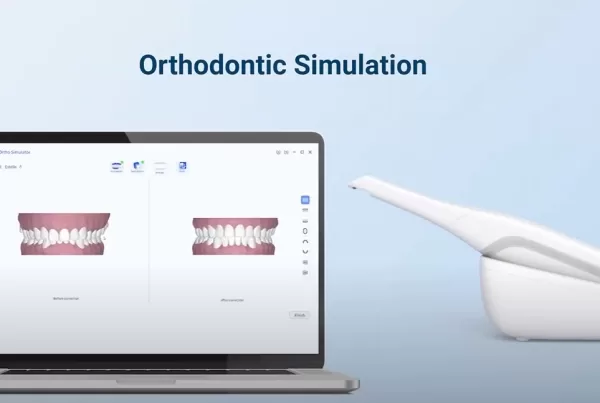Despite rapid advancements in digital dentistry and an increase in the use of digital intraoral scanner, some practices continue to use the traditional approach. We believe that anyone practicing dentistry today has considered whether or not to switch to digital impressions. IOS can assist dentists in providing higher quality dentistry in a more efficient manner, and it has become a powerful tool for practices in recent years. However, some dentists find it difficult to transition to digital workflow because it requires them to leave their comfort zone. In this article, we’ll learn how to best make the transition to digital dentistry step by step.
Step 1
This is the stage of gathering information and planning. You have not yet used CAD/CAM technology in your clinic during the first stage. So this is the start of your journey into the digital realm. You must determine which systems are best for you, your budget, and the direction you want to take your clinic. Some dental clinics already have the idea of investing in intraoral scanner, but struggle to know how to choose one.
Step 2
It is now time for you to move on to start the transition. Before making an intraoral scanner purchase, you should first find a lab that uses CAD/CAM. The lab will become your partner through the digital experience and will be able to provide you with great insight about the system. They will also be able to help you discover which brands may be best for you.
Step 3
Digital impressions offer a number of benefits for dental professionals and patients alike. And selecting one intraoral scanner that will meet your practice’s needs is the most important part during the transition. It is now time to invest in an intra-oral scanner and implement a digital workflow in your clinic. Since embracing advanced digital solutions is an irreversible trend in the dental industry today, choosing the right intraoral scanner is a critical step for your practice to go digital. In this most important part, you must make many decisions such as which brand to choose and how much you should spend. After getting the best intraoral scanner for your clinic, it is time to collaborate with your lab. During this phase, you can begin sending digital cases to your lab partners and begin strengthening your collaboration.
Step 4
Now you can move on to the last step. At this stage, you have your own equipment, are working closely with a lab, and are more familiar to how digital dentistry works. You could start integrating chair-side CAD/CAM solutions and work toward one-day dentistry to save time and treat more patients.
Reference:
https://blog.3shape.com/en/2022/top-5-reasons-dentists-dont-buy-intraoral-scanner


